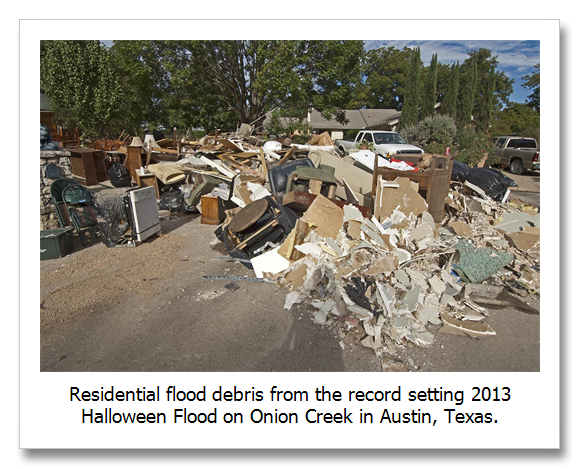
We have all heard it before: “What’s so bad about a little warming?” Several things are at play here. First, it’s winter. It’s far colder in winter than the warming we have experienced. So when it’s winter it’s cold, relative to when it’s not winter. But a little warming can’t be that bad, right?Our global…


















